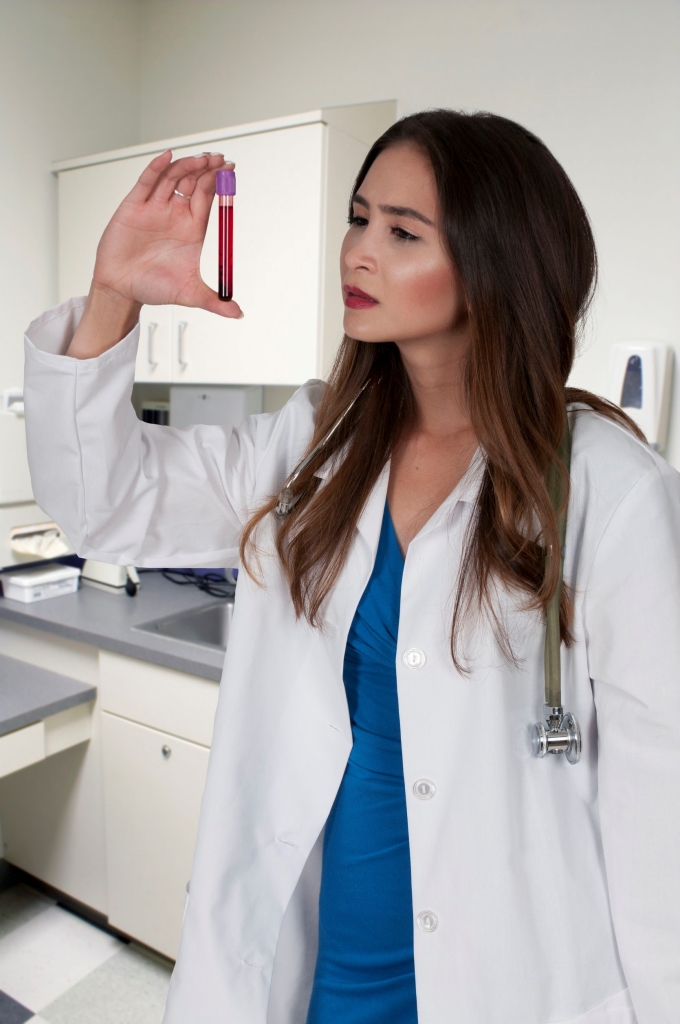How to Easily Apply for Your Phlebotomy State License: Step-by-Step Guide
Starting a career as a certified phlebotomist is an exciting journey that requires obtaining your state license. Whether you’re new to the healthcare field or expanding your qualifications, understanding the licensing process is essential. This comprehensive guide will walk you through each step to make applying for your phlebotomy state license straightforward, efficient, and stress-free.
Introduction
getting licensed as a phlebotomist is a vital step toward becoming a certified healthcare professional. State licensing requirements vary, but most states share common procedures and prerequisites.Wiht the proper readiness and knowledge, you can navigate the application process smoothly. This guide covers everything you need to know about the licensing process, from eligibility and documentation to submission tips and practical advice.
Understanding the importance of a Phlebotomy State License
Holding a state license assures employers and patients that you possess the necessary skills, knowledge, and professionalism to perform blood draws safely and accurately. It also grants legal authorization to work in your state. Moreover, licensing can open doors to higher-paying positions and professional growth. Below are some key benefits:
- Legal compliance for healthcare practise
- Enhanced credibility and trust
- Increased employment opportunities
- Potential for certifications and specialization
Step 1: Meet the Basic Eligibility Requirements
Before starting your application, ensure you meet your state’s specific eligibility criteria. While requirements vary, generally include:
- High school diploma or GED
- Completion of a certified phlebotomy training program
- Good moral character (background checks may be required)
- Payment of applicable fees
To confirm your eligibility, visit your state’s health department or licensing board website for detailed requirements.
Step 2: Complete a Certified Phlebotomy Training Program
Most states require proof of completed training from an accredited program. A reputable phlebotomy training course typically includes:
- Classroom instruction on anatomy, infection control, and safety procedures
- Hands-on practical training in blood collection techniques
- CPR/BLS certification (may be required)
Choose an accredited program recognized by organizations such as the National Healthcareer Association (NHA) or American Society for Clinical Pathology (ASCP). Obtain your certificate upon triumphant completion, as you’ll need it for your application.
Step 3: Gather Required Documentation
Preparing a comprehensive application package is crucial. Typical documents include:
- Completed application form (downloadable from your state’s licensing board)
- Proof of completed training program (certificate)
- Official transcripts or course completion records (if applicable)
- CPR/BLS certification card
- Government-issued ID (driver’s license, passport, etc.)
- Background check authorization form (if required)
- Application fee (check payment options)
Ensure all documents are current, accurate, and well-organized to avoid delays.
Step 4: Complete and submit Your Application
Online vs. Paper Applications
Many states now allow online application submission via their licensing portals,which speeds up processing. Alternatively, you may need to submit a paper application by mail. Verify the preferred method on your state’s website.
Filling Out the Application
Fill out all fields carefully, double-check for errors, and attach digital copies of required documents if submitting electronically. For paper forms, use black ink and legible handwriting.
Pay the Application fee
Fees vary by state but typically range from $50 to $150. Use accepted payment methods, such as credit/debit cards online or money orders/checks via mail.
Step 5: Wait for Processing and Approval
Processing times can vary from a few weeks to a couple of months. During this period, licensing boards may conduct background checks or verify your credentials.Stay patient and monitor your email or application portal for updates.
If additional facts or documents are requested, respond promptly to avoid delays.
Step 6: Receive Your Phlebotomy State License
Once approved, you will receive your licensing certificate via mail or electronic delivery. Keep a copy of your license accessible at your workplace, and consider laminating it for durability.
Some states may require periodic license renewal, which generally involves continuing education or fee payments. Be sure to stay compliant to maintain your licensure.
Practical Tips for a Smooth Application process
- Start early to account for processing times and potential document delays
- Keep digital and hard copies of all your certificates and correspondence
- Verify licensing requirements directly from your state’s official website to avoid misinformation
- Seek guidance from experienced phlebotomists or mentors if you encounter challenges
- Maintain professionalism and attention to detail throughout your application
additional Considerations and Resources
| State | License Required | Application Processing Time |
|---|---|---|
| California | Yes | 4-6 weeks |
| Texas | Yes | 3-5 weeks |
| Florida | Yes | 2-4 weeks |
| New York | Yes | 5-7 weeks |
Visit your state’s official health department website for the most accurate and up-to-date licensing information.
Case Study: successful Application Journey
Meet Sarah, a recent graduate from a reputable phlebotomy program. Sarah followed these steps:
- Completed her training and obtained her certification
- Gathered her documents and filled out her application online
- Submitted her application along with her CPR card and background check consent
- Received her license in four weeks and secured her first job as a phlebotomist
Sarah’s experiance highlights how preparation and careful adherence to licensing steps can lead to a smooth licensure process.
Conclusion
obtaining your phlebotomy state license is a crucial step toward building a rewarding career in healthcare. By understanding the licensing process, gathering the required documents, and following each step diligently, you can make your application experience smooth and efficient. Remember to stay informed about your state’s specific requirements and timeline, and don’t hesitate to seek guidance when needed. With proper planning and preparation, you’ll soon be legally licensed and ready to serve patients with confidence.
Embark on your journey toward becoming a licensed phlebotomist today-your healthcare career awaits!
